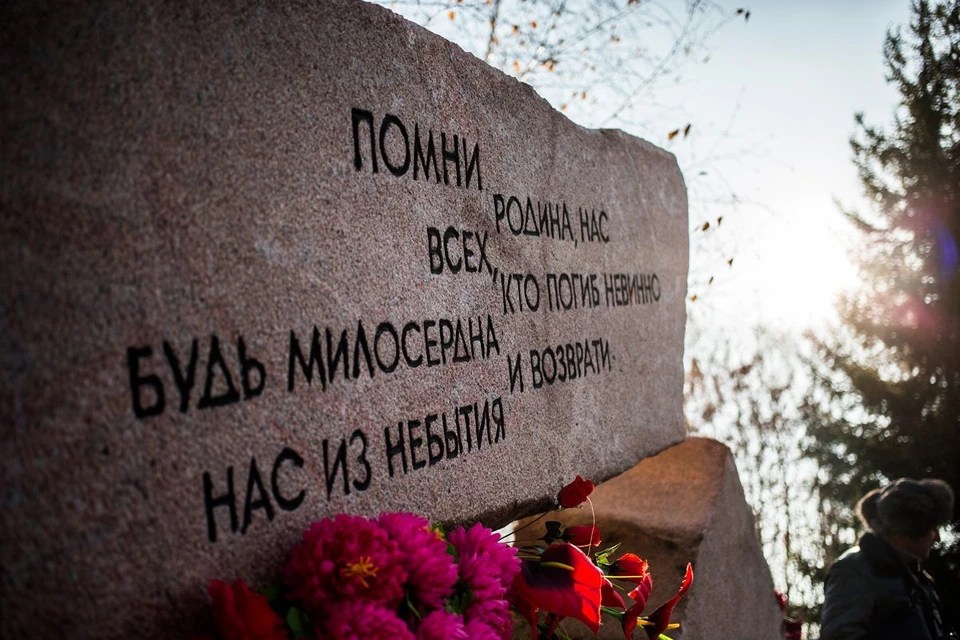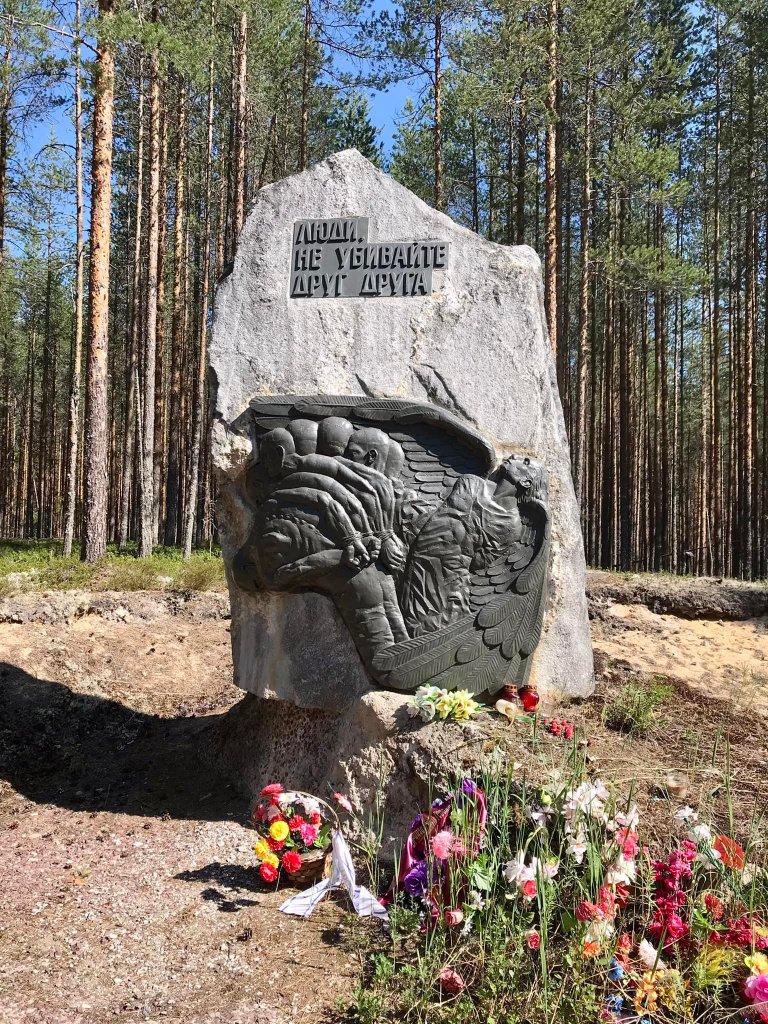Yury DMITRIEV, renowned historian of the Soviet Terror, Head of the Karelia branch of Memorial and Russian political prisoner has been named one of the new Righteous to be honoured on the European Day of the Righteous on 6 March 2024.

Yury Dmitriev (b. 1956)
(photo, Anna Artyemeva)
This is the latest of very many international awards or other forms of recognition of the historian whose persecution has been widely condemned as in reprisal for Dmitriev’s tireless work in ensuring that both the victims of Stalin’s Terror and the perpetrators, are known. Dmitriev will be turning 67 in January 2024 in conditions that seriously undermine the health of men half his age, and publicity is vital if there is to be any hope of securing his release.
Continue reading

